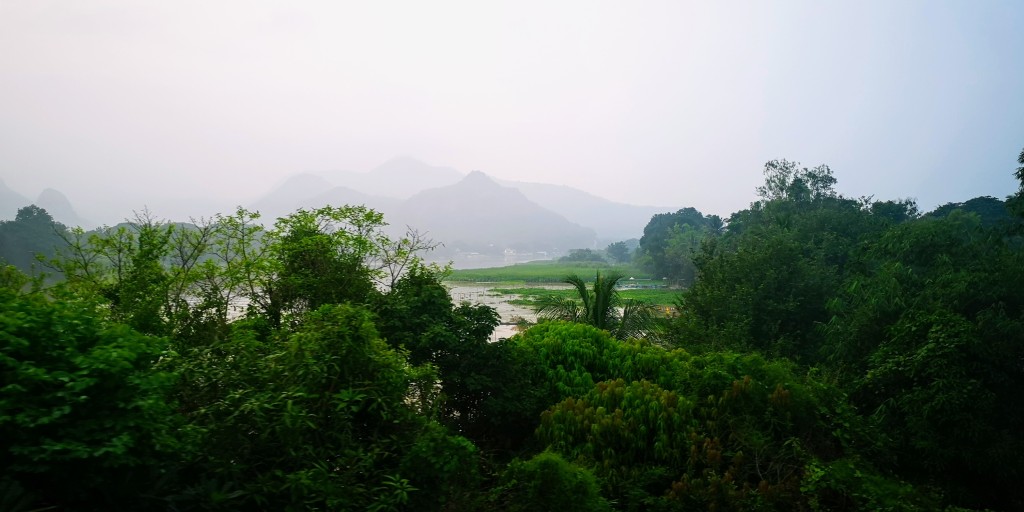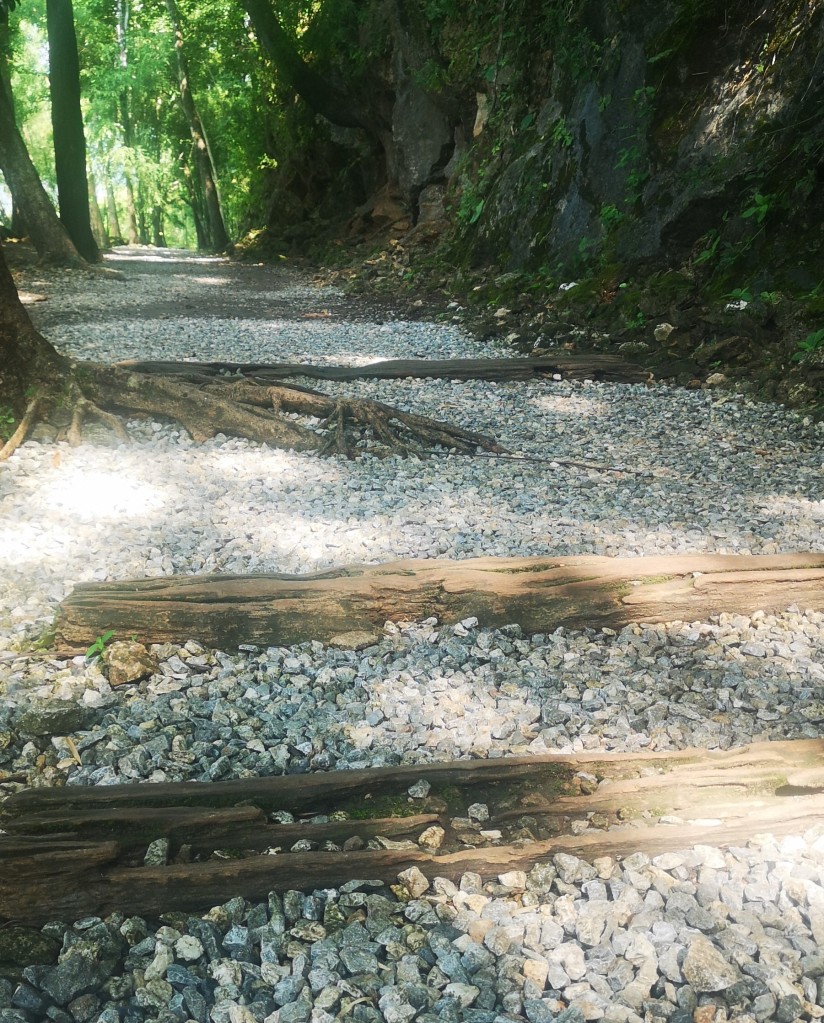
Thailand’s infamous Death Railway, at one time it ran for 250 miles from Bangkok to Thanbuyuzayat , Burma before being demolished by the allied forces at Nam Tok. Built by Japanese forces during WWII using coerced local labor and forced P.O.W labor, the Death Railway was to make moving supplies and forces within South East Asia easier for the Japanese . For 100 baht per ride (about $3.30 USD) visitors can take the daily train along this line from Bangkok’s Thonburi station all the way to Nam Tok. From there it is a short ride to visit Hellfire pass, however stopping in Kanchanaburi for a day is highly recommended.
The best way to understand the history and hardships of the Death Railway is to start with a visit to Kanchanaburi’s War Cemetery and the Thailand-Burma Railway Museum and Research Center. The cemetery, located just across the street from the Railway museum, holds the remains of those soldiers who were captured, forced to labor and died during construction of the railway. The cemetery holds mostly the remains of British, Dutch and Australian soldiers, the few American soldiers who perished during construction were repatriated to the United States for burial once identified after the war had ended.

The Death Railway Museum and Research Center is ran by Rod Beattie, a historian and expert in the Thailand-Burm Railway, with help from the Australian government. While small in size and reading heavy the museum itself offers a wealth of information about the life and conditions of the POWs and forced local labor. Near the beginning a video interview with a former Romusha worker tells of how he was approached by Japanese soliders and given the choice or forced work or beheading. Sadly, keeping track of the number of Romusha workers was not a priority for the Japanese and the numbers can only be estimated around 90,000.

* local labor which the Japanese did not keep information on
Further into the exhibit you are met with the gravity of the environment these men were forced to endure. The rainy season is around six months in length and has non stop rain, standing water, mud and hordes of mosquito, many times carrying illness. Following the rainy season the men were met with the intense heat, sun and dust of the dry season. The few doctors who were imprisoned tried to keep the men healthy but lacked medicine and equipment. Many times they had to use improvised medical devices made from broken bottles, bamboo, stolen fuel lines and needles made from thorn bushes.

While imprisoned the men had few belonging, clothing and shoes wore quickly due to the wet and humid conditions. Many times men would be seen trekking through the jungle and working in make shift loin cloths and little else. Some belongings could be grounds for punishment, many times harsh beatings or in the case of radio equipment, death. After release many discarded what few belongings they had, others kept that part of their past secret from even their closest family keeping them secret well past their death.

When allied forces began their bombing campaigns, POW camps were often hit, as the Japanese failed to identify these, leading to casualties of the very men they were trying to rescue. Among other targets for the allied forces was the the only steal bridge erected by the Japaneses which ran across the River Kwai and connected the railway from Kanchanaburi to the west side of the river bank and then further west towards Burma. Today you can walk across this historic bridge and still see the marks in the concrete pillars from the allied bombings, although make sure you step to one of the side platforms as the train runs across four times daily.

When leaving Kanchanaburi for Nom Tak, I suggest starting at the Kanchanaburi railway station and taking the early morning train, as the later trains and stations are crowded. If possible sit on the left hand side of the train for the best views. As you continue on your way by train to Nom Tak you will cross over the River Kwai bridge as well as Wampo Viaduct before reaching ending your journey at Hellfire Pass Interpretive Center and Memorial walking Trail. The picturesque journey is somber with the underlying knowledge of exactly how and why the railway was built.

Once you reach Nam Tok, its a quick twenty minuet ride in the back of a Songthaew, a converted pickup with benches and a cover in the bed, to the Hellfire Pass museum. Once there, you can go through the small exhibit, which is similar to the Death Railway Museum in Kanchanburi but not nearly as thorough in explaining the history of the railway and the daily conditions for the men who were forced to build it.
Before heading out on the trail, which was formerly part of the railway that ran west to Burma, I highly suggest checking out an audio guide. Not only does this continue to add background information about the railway but it also highlights specific locations along the trail which have significance, including where tool marks and tools have been found, as well as personal stories told by former POWs. In some places you can still see the wooden railway ties as well as abandoned equipment.

Depending on the time of year you visit you may or may not be able to walk through Konyu Cutting , the area known as Hellfire pass due to torches placed there at night to facilitate the on going construction of the railway. I was there at the end of the rainy season and at the time that part of the path was closed for safety reasons, however you could still easily see the path through the hard cliff side rock the men were forced day and night to clear. Flags placed along the pass show the nationalities of those who died in this grueling undertaking. Just on the other side are the flags, along with a memorial stone placed in remembrance of the soldiers who never made home.

If you are up for a more strenuous hike you can continue on past the memorial, climbing up and down stone carved steps perched precariously along the mountains edge to see more of the difficult conditions the laborers and POWs came face to face with during their time constructing the railway. Unfortunately, due to the rainy season the path was closed for safety reasons near the Kwae Noi Valley look out, about half way through the entire trail.

The views were breathtaking and the trail difficult during that hot and humid day in October, with temperatures hovering around 100 degrees Fahrenheit. Having had a filling breakfast and ample amounts of water, the journey I under took is nothing comparable to men who were starved, denied proper medical care and forced to march and work close to 20 hours a day by their captures. It is a part of history, unknown by most Americans and one which seems to be overshadowed by other events in the Pacific region, but it is not one that should be so easily forgotten.

